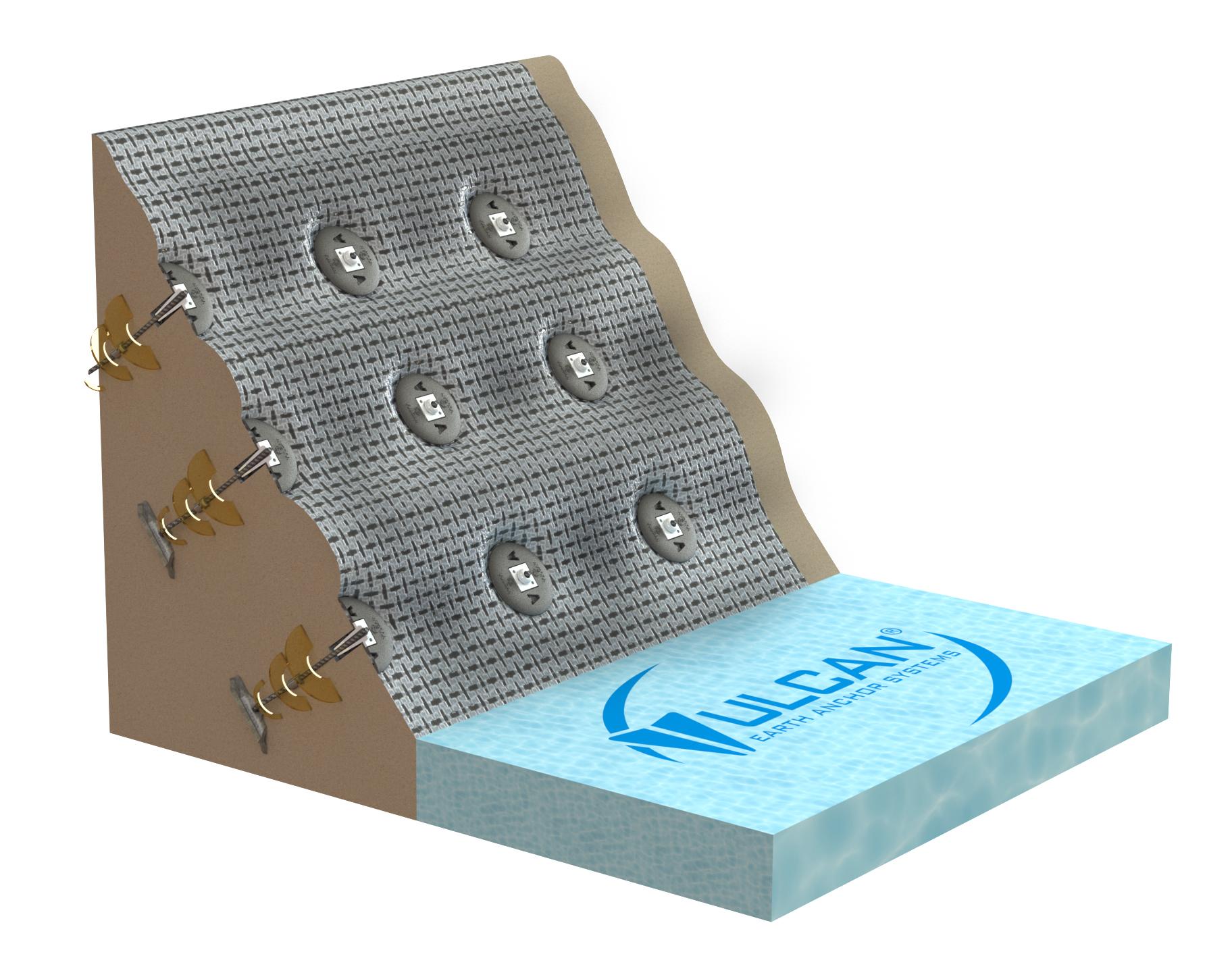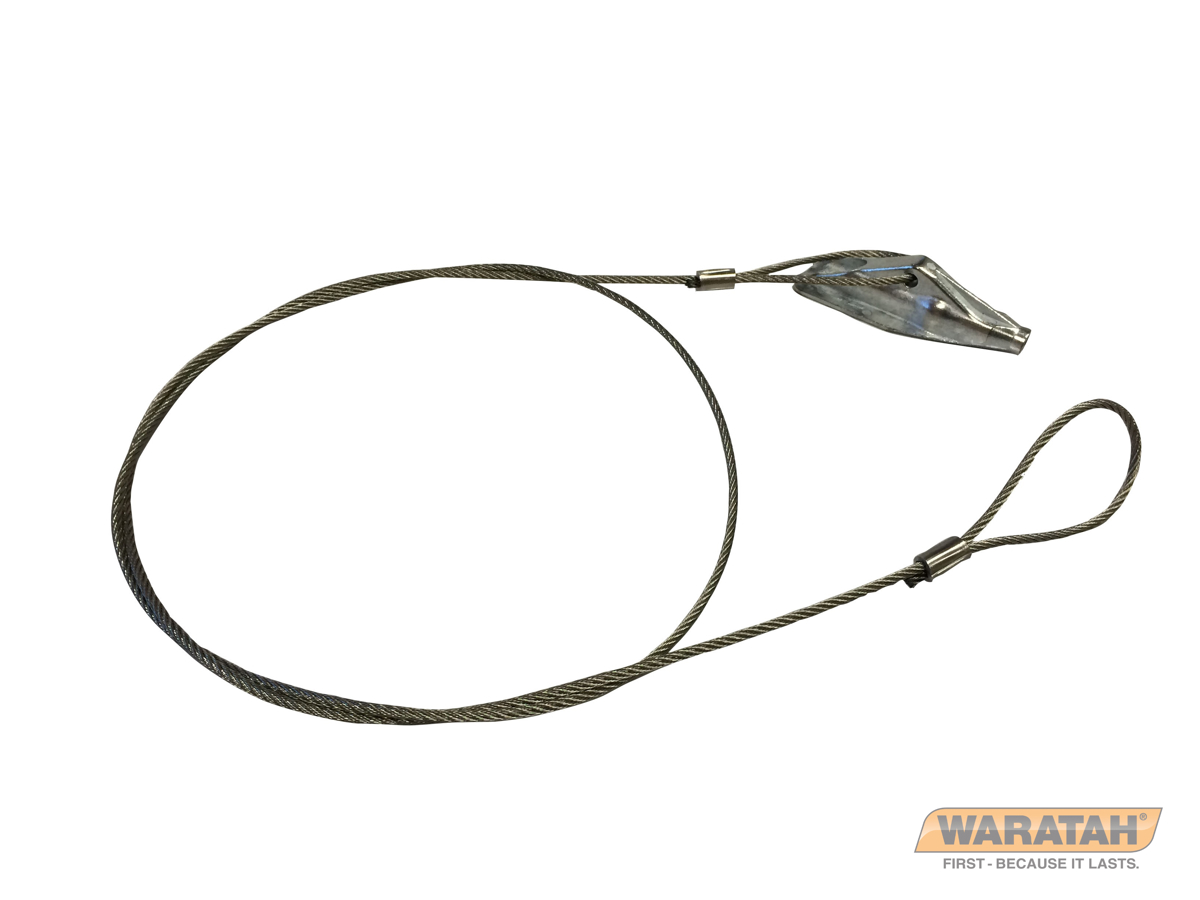Exactly How Durable Earth Anchors Work: A Comprehensive Overview to Dirt Anchoring Solutions
Durable Earth supports play an essential function in giving security and support in different building and construction applications. By installing deeply right into the ground, they stand up to upright and side forces properly. Various types of supports deal with various dirt conditions, making them functional. Comprehending their mechanics and installment techniques is crucial for taking full advantage of efficiency. What elements affect their effectiveness, and just how do they compare to typical methods? The solutions might shock you.
Comprehending Heavy-Duty Earth Anchors
Durable Earth supports offer as crucial elements in different building and construction and landscape design projects, offering security and support in challenging soil conditions. These anchors operate by being installed into the ground, where they stand up to lateral and vertical pressures. Their style enables safe attachment to frameworks, guaranteeing they remain secured versus dirt movement or exterior loads.The performance of heavy-duty Earth anchors greatly relies on the sort of soil and the support's installment depth. Correct installment techniques are vital, as they determine the support's holding capacity. Environmental elements, such as moisture and freeze-thaw cycles, can likewise impact performance.These anchors are frequently made use of in applications varying from safeguarding fencings and preserving wall surfaces to stabilizing short-lived frameworks throughout damaging climate conditions. Comprehending the principles behind heavy-duty Earth supports is important for experts looking for to improve the resilience and safety of their jobs.
Kinds Of Heavy-Duty Earth Anchors
Numerous types of sturdy Earth supports are created to satisfy details demands based on dirt problems and task needs. Helical supports, featuring screw-like blades, are efficient in softer soils, supplying high lots abilities and simple installation. Driven anchors, which are inculcated the ground, are suitable for rocky surfaces and give immediate lots assistance. Tie-back supports are commonly utilized in preserving wall applications, enabling lateral assistance by anchoring right into the ground at an angle. An additional kind is the cast-in-place anchor, perfect for concrete applications, as they are incorporated into foundations for improved stability. Finally, dirt screw supports are versatile choices that can be made use of in numerous dirt types, supplying reputable tension and compression capabilities. Each kind serves distinctive applications, making sure security and security in building and landscaping jobs. Recognizing these alternatives permits for notified decisions in picking the ideal Earth securing solution.
The Mechanics of Soil Anchoring

Understanding the auto mechanics of dirt anchoring requires an examination of numerous sorts of Earth anchors and their installment techniques. Each support type presents special qualities that affect its efficiency in various dirt problems. Proper installment techniques are essential for maximizing the securing system's stability and efficiency.
Kinds of Earth Anchors
Earth supports, essential elements in dirt anchoring systems, can be found in numerous kinds, each developed for details applications and dirt conditions. One of the most usual kinds consist of screw supports, which are twisted into the ground, offering strong lateral resistance. Helical anchors feature blades that permit effective installation in different soil types, making them suitable for both long-term and short-lived applications. Driven supports, usually made from steel, are hammered right into the soil and are efficient in rough or dense environments. Auger supports use a helical design to facilitate setup in softer soils. Lastly, plate anchors include a level plate hidden horizontally, distributing lots over a bigger location, ideal for applications requiring high lots abilities in natural dirts.
Setup Strategies Described
Appropriate installation strategies are vital for the performance of soil anchoring systems. The procedure commonly starts with site evaluation, verifying the picked place can support the anchor's tons. After establishing the right anchor type, appropriate hole depth and angle need to be developed. The setup entails driving the anchor right into the ground utilizing customized devices, such as hydraulic or manual motorists, to accomplish best embedment. Post-installation, tensioning the support is critical to ensure security; this is frequently confirmed with load screening. Furthermore, surrounding dirt conditions must be kept an eye on to stop displacement. Following these methods not only improves the anchor's performance but also extends its life-span, giving trustworthy support for numerous applications.
Applications of Heavy-Duty Earth Anchors
While heavy-duty Earth anchors are commonly connected with building and landscaping, their adaptability extends to a range of applications across different markets. In civil engineering, they offer crucial assistance for retaining walls, guaranteeing stability in locations susceptible to dirt erosion. The aquatic market uses these supports for protecting anchors and marinas, stopping activity triggered by trends and currents. In addition, in the telecommunications industry, sturdy Earth supports are substantial for stabilizing cell towers and other tall structures against wind pressures. Agricultural applications also benefit, as these supports can safeguard structures like greenhouses and animals fencing, guaranteeing they withstand harsh weather. Furthermore, in renewable power jobs, such as wind ranches, Earth anchors play a crucial role in securing generator structures, improving general security and efficiency. This broad variety of applications highlights the flexibility and dependability of heavy-duty Earth supports throughout different fields.
Benefits Over Typical Anchoring Methods
Although typical anchoring techniques have actually long been counted upon for stability, durable Earth anchors supply significant advantages that boost performance and performance. One significant advantage is their superior load-bearing capability, which permits them to hold up against greater pressures without failure. This toughness makes them perfect for requiring applications, such as in construction and utility installations.Additionally, durable Earth supports are designed for much deeper installment, giving greater stability in numerous soil conditions, consisting of sandy or loosened soils. Their resistance to corrosion and environmental factors ensures a much longer lifespan and reduced maintenance expenses contrasted to conventional methods.Moreover, these supports can be installed with very little disruption to the surrounding location, preserving the honesty of the landscape. Overall, sturdy Earth anchors present a reliable and effective solution for anchoring needs, exceeding the constraints often connected with conventional anchoring techniques.
Installment Process and Ideal Practices
The setup process for dirt securing services begins with extensive preparation and website assessment to guarantee peak efficiency. Following this, a detailed setup guide offers clear instructions for reliable application (construction site anchors). Following these best techniques is crucial for achieving reliable and long-lasting anchoring outcomes
Prep Work and Site Assessment
Reliable preparation and extensive site examination are crucial action in the installation of dirt anchoring options. Before setup, the soil kind should be analyzed to establish its bearing ability and suitability for securing. Carrying out a geotechnical survey can provide important details about soil composition, moisture degrees, and potential ground movement. In addition, determining existing frameworks, greenery, and utilities is important to prevent interference during setup. The location ought to be removed of debris and challenges to guarantee secure gain access to for tools. Weather should likewise be monitored, as negative conditions can impact both safety and setup efficiency. By diligently preparing the website and examining all pertinent factors, the chance of effective anchor efficiency is significantly enhanced.
Step-by-Step Installment Overview
A comprehensive setup procedure is important for attaining suitable efficiency of soil anchoring services. The setup starts with selecting the suitable anchor type and assuring the website is clear of debris. Next, appropriate hole positioning is established based upon lots needs. As soon as the location is developed, holes are pierced to the specified deepness and size making use of the right devices. The anchor is then placed right into the opening, seeing to it it is lined up properly. After safeguarding the anchor, soil is backfilled and compacted to improve security. It is important to adhere to supplier guidelines throughout the process. A post-installation examination validates that the supports are properly positioned and operating as intended, offering reputable support for the desired application.

Upkeep and Examination of Earth Anchors
Regular upkeep and evaluation of Earth supports are essential for making sure lasting performance and stability. Regular checks enable the very early discovery of concerns such as deterioration, loosening, or dirt Related Site motion. Inspectors ought to look for indicators of corrosion or deterioration on the support components, especially at the connection points. Additionally, the bordering soil must be analyzed for disintegration or changes in wetness content, which can impact support effectiveness.It is advisable to develop a routine inspection routine, ideally at the very least yearly, relying on ecological problems. During examinations, all noticeable components should be cleansed to remove dirt or debris that might hide potential problems. Any type of indicators of distress, such as turning frameworks or uncommon settling, ought to motivate instant analysis. Appropriate documentation of inspections can help in monitoring anchor performance over time and help with prompt maintenance actions, guaranteeing the supports stay dependable and practical.
Often Asked Inquiries
What Products Are Heavy-Duty Earth Anchors Typically Made From?
Durable Earth supports informative post are normally created from durable products such as galvanized steel or stainless steel, guaranteeing strength and resistance to deterioration. These materials provide resilient assistance and stability in different soil problems and applications.
How Do Soil Problems Impact Support Performance?
Dirt conditions substantially affect support performance. Aspects such as soil type, moisture web content, and compaction affect the support's grasp and security, with natural soils frequently giving better resistance than sandy or loosened soils, affecting general effectiveness.
Can Heavy-Duty Earth Anchors Be Reused After Removal?
Sturdy Earth anchors can be recycled after elimination, provided they are examined for damages and wear. Proper cleaning and maintenance improve their long life, guaranteeing effective efficiency in succeeding installments when conditions enable secure reinstallation.
What Are the Environmental Influences of Making Use Of Earth Anchors?
The ecological influences of using Earth anchors include potential soil disturbance, interruption of neighborhood communities, and possible contamination of groundwater. Nonetheless, if utilized sensibly, their advantages usually surpass these concerns, advertising stability in various applications.
Just how Do I Select the Right Support for My Job?
